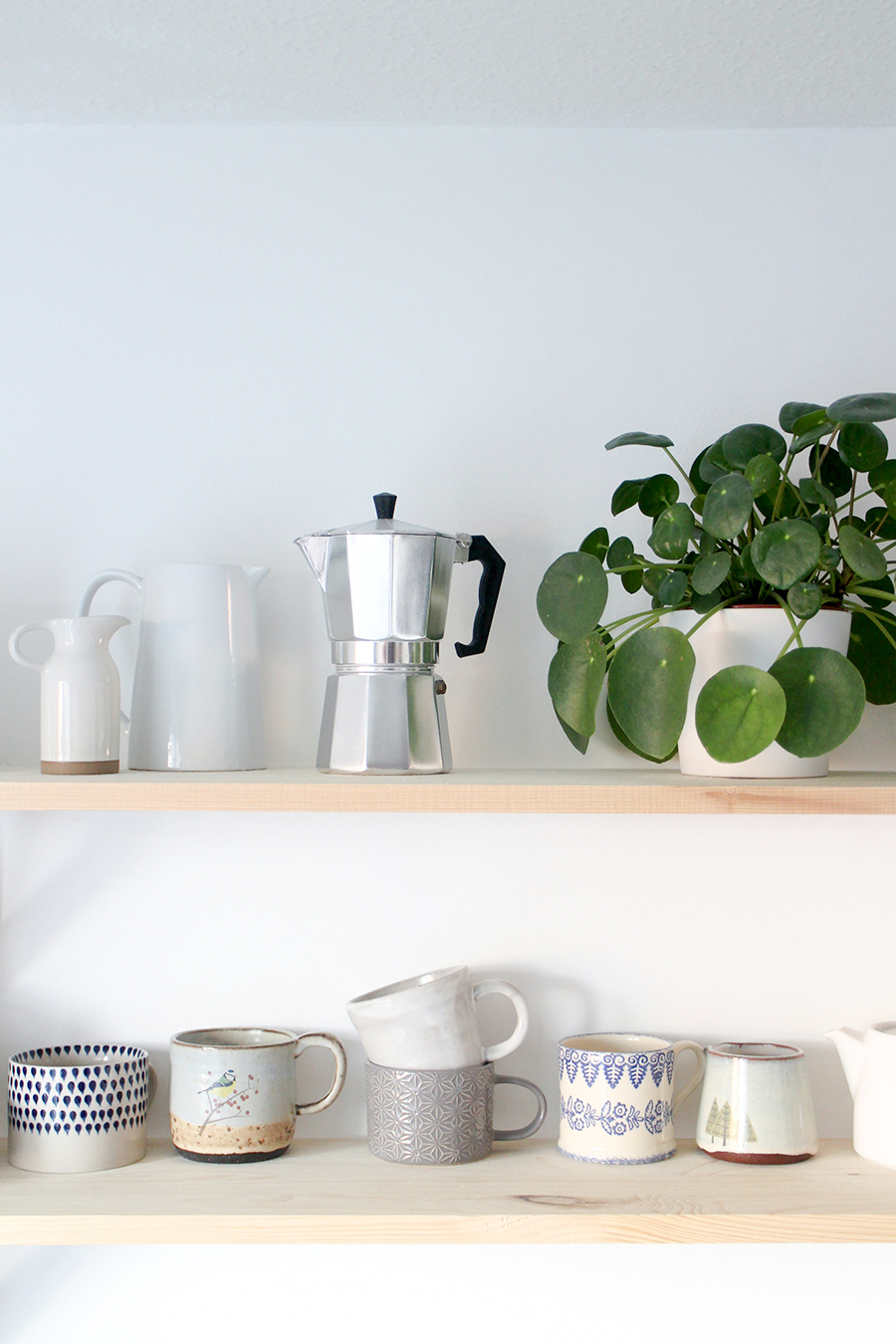
We’re renters, and the thing is, short of a lottery win or a distant rich relative, we’re probably going to be renters for life. We’re saving like mad to buy somewhere, but the housing market is so volatile and unpredictable that we’re not really sure whether we’ll ever get there – it doesn’t help that I’m self-employed, which makes it that bit harder to get a mortgage.
We’ve been quite lucky with our landlords though; they’re pretty flexible in letting us change things, and we’ve done something to almost every room – from small things like painting and changing carpets, to bigger jobs such as stripping artex, replastering walls and ripping off tiles. A lot of people say we’re mad to get so involved in a house that we don’t own, but I honestly think that if it makes you happy then it’s totally worth it. Plus, there’s always the chance that the landlord will chip in or even offer to pay for it if you do the work yourself – ours didn’t, but I know a lot that have!
If you’re not confident with DIY, using a home improvement company is a good option – for example, Dolphin Home Improvements offer services for anything from small projects such as painting and wallpapering to plastering, electricals and plumbing. If you’re keen to learn though, watch some YouTube tutorials, check out some books and get stuck in – and don’t forget my top five tips for renovation success….
1. Check Your Lease Agreement – AND GET PERMISSION!
It might sound like an obvious thing to start with, but before you take the sledgehammer to the kitchen tiles, double check with the landlord that you’re on a long-term agreement. If you’re only signed up for six months, and they refuse to extend it, there’s a chance you might have to leave before you’ve even finished the work. And always, always, ALWAYS get permission before you start ripping up carpets – otherwise you might end up with a large chunk missing from your deposit when you leave.
2. Know Your Limits
We’ve done a lot in our house, from rebuilding windowsills, to plastering walls and ripping out half of the kitchen, but there are a few things we just won’t touch. I’d love to remove all the rubbish lights and have pendant lights put in, but using an electrician doesn’t fit in with our budget, and it’s not something we’d have the first clue about. Anything involving plumbing, electricals and basically things that could get us sued are a no-go!
3. Keep it Simple
On the whole, landlords prefer properties to be as neutral as possible – it’s easy to market and keep tidy, and white paint is by far the cheapest on the market. Don’t spend a fortune on vintage floral wallpaper or or expensive bathroom tiles – chances are, the landlord will want everything returned back to its original state before you leave anyway, and then you’ve got the awful job of undoing all of your hard work. If you like colour and pattern, keep the walls and floors plain, and then add interest with cushions, rugs and a gallery wall.

4. Shop Around for the Best Prices
If you’re like me (impatient and headstrong!), you’ll probably be tempted to go straight to your local branch of B&Q and buy everything in one go – but it’s a much better idea to spend a bit of time online or wandering around different shops, especially if it’s going to save you money in the long run. Originally, we were going to go with wood-style laminate worktops in the kitchen, because we didn’t think we could afford solid wood – but then we found a local shop had a sale on, and it actually worked out much cheaper than the laminate. Believe me, I know how annoying it is when you just want everything finished – but you’ll be much happier saving money in the long run!
5. Do Your Research
There are so many wondrous DIY products on the market today, that it pays to thoroughly research the job you’re doing before you do it – if you’re stuck with awful 1970’s (in a bad way!) style kitchen tiles, you don’t have to rip them off the wall to be rid of them; there are several ranges of tile paint which have great reviews, and you can even buy tile stickers to quickly and temporarily cover the horrors underneath. If you’ve got mouldy, black grouting in the kitchen or bathroom, there’s a product which bleaches it back to a sparkling white, which means you don’t have to dig it all out and start from scratch. There’s a product out there for pretty much every job, but I’ll stop now, because I’m boring myself!
This is a collaborative post

I really enjoyed this post Victoria! I rented a few flats while I was at uni, and another flat on my own once I got my first proper full time job. I'm now back living with my parents (and my boyfriend), while we save up to buy our first house – we're very lucky that we a) have work opportunities nearby and b) have a family that's prepared to let us pay relatively small rent so we can squirrel the rest away! But, I know that if I was to ever rent again, these tips would be invaluable. I like that your first tip was to get permission – so many people don't bother reading their tenancy agreement, which always surprises me! Your landlord looks very lucky to have you guys 🙂 x Florawww.theeeverchanginghome.com